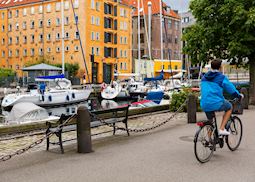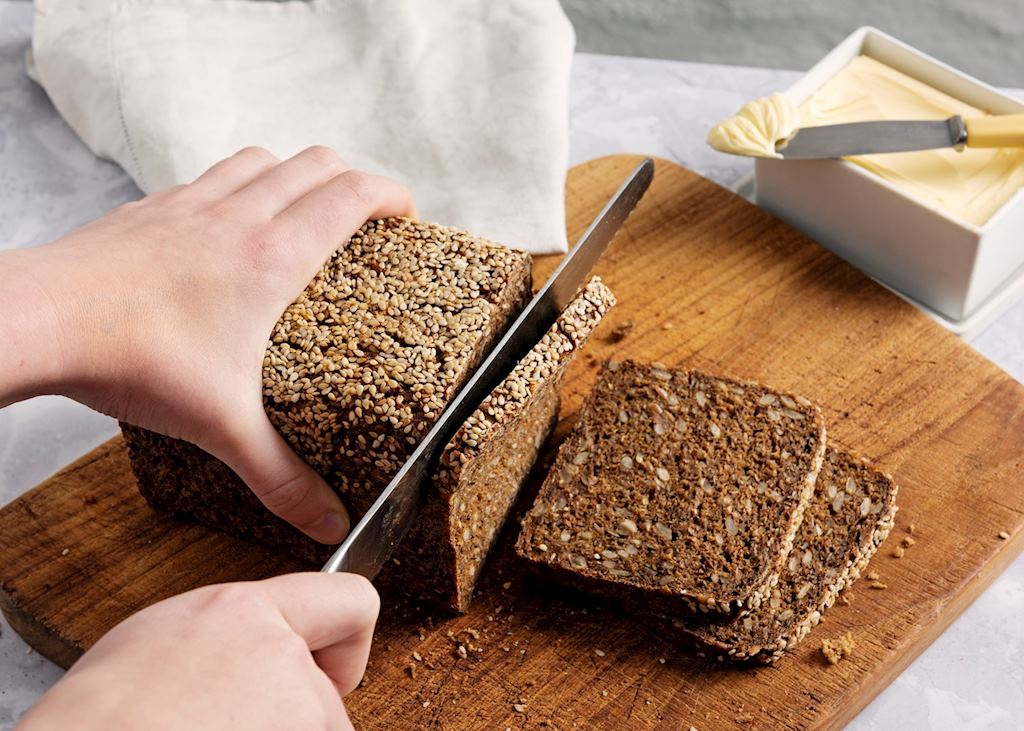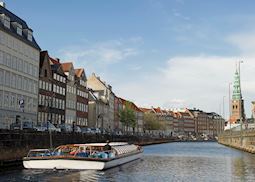Spend a morning learning to make smørrebrød, traditional Danish open-faced sandwiches. This workshop, which takes place with other aspiring chefs, will offer you a glimpse into the culinary heritage of the country, as well as a look at how style permeates every aspect of Danish life.
The dish dates back to the 19th century, when factory workers who needed a quick and inexpensive meal for lunch would pile their leftovers onto rye bread (rugbrød). Today, they’re a popular staple that’s often visually stunning as well as delicious, and you’ll see window displays heavily loaded with examples that look like works of art, with pieces of meat or fish, cheese or spreads artistically arranged on the dark-brown bread.
Your instructor, a professional chef, will show you how to recreate both traditional and contemporary versions of this deeply Danish dish in a sunny Copenhagen apartment. End the lesson with a feast that includes your new creations.
This morning, you’ll make your own way to a Copenhagen apartment to meet other students for your small-group class on making Denmark’s signature sandwich, smørrebrød. These deceptively simple open-faced sandwiches have a whole constellation of rituals and rules, as well as a long and storied history.
The foundation of smørrebrød is rugbrød, Denmark’s dark, dense, intensely chewy rye bread. Originally, factory workers (or pubs that served them) piled the bread high with whatever was handy. Indeed, even today they’re usually served alongside Danish beer or chilled aquavit, a nod to the dish’s working-man roots.
Today, the smørrebrød can more closely resemble still-life paintings, carefully composed of thoughtfully prepared ingredients that are chosen for looks as well as taste.
Your instructor, a professional chef, will explain the decades of evolution that followed, as you learn to prepare these artistic little meals on your own. You’ll also learn the proper etiquette around the sandwiches — always eat with a knife and fork, for example, never out of hand. Additionally, always serve the courses of the meal in the proper order, with seafood first, then meat, and finally cheese.
After you’ve assembled your own smørrebrød, you’ll enjoy a lunch of your own creations.




